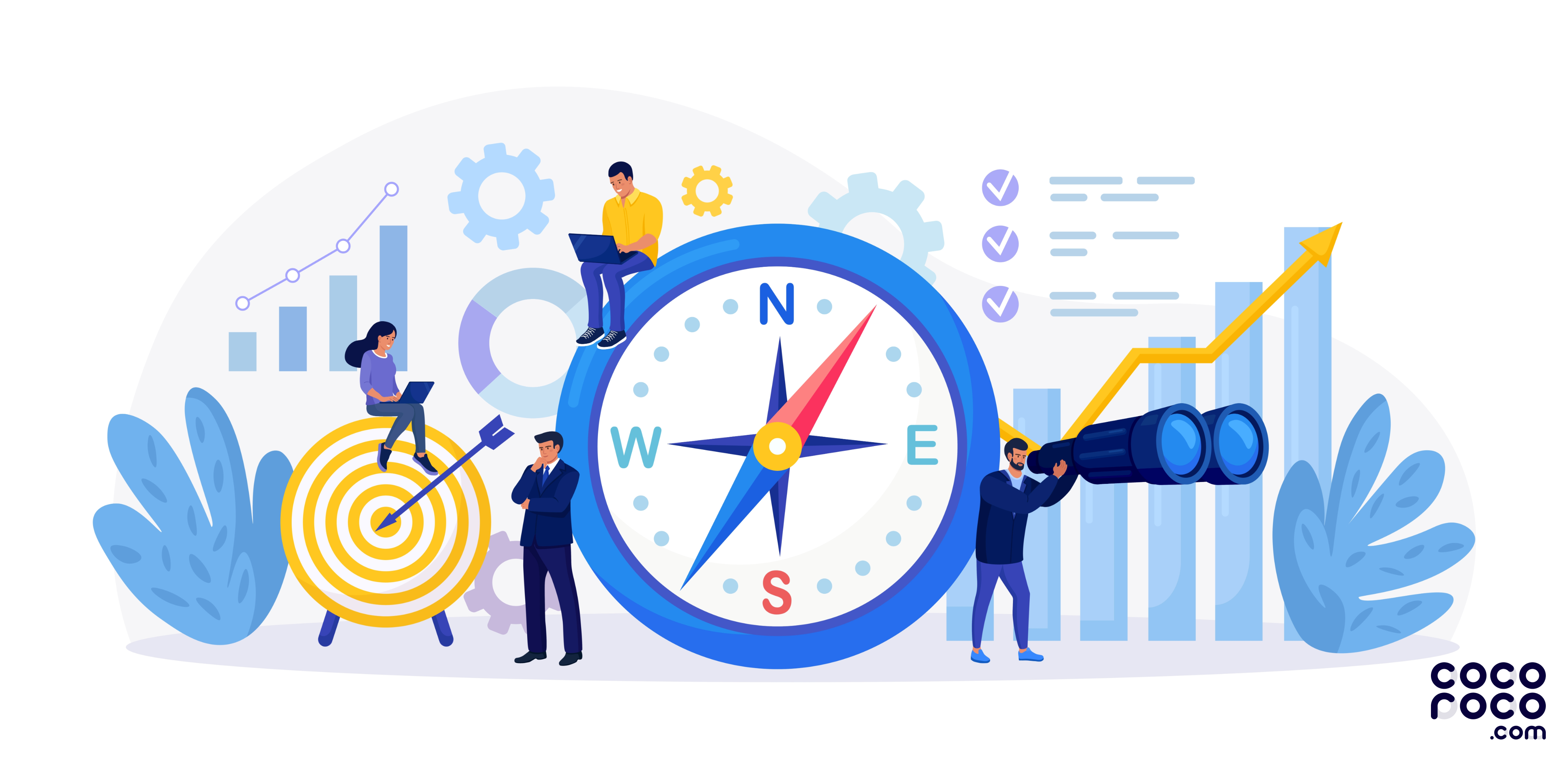cantiktoto
cantiktoto
amintoto
totoagung
totoagung2
totoagung
demo spaceman
totoagung2
totoagung2
cantiktoto
totoagung
restoslot4d
amintoto
cantiktoto
cantiktoto
cantiktoto
cantiktoto
totoagung
amintoto
situs toto
totoagung
totoagung slot
situs toto
totoagung
totoagung2
cantiktoto
cantiktoto
restoslot4d
cantiktoto
pay4d
totoagung2
restoslot4d
totoagung
restoslot4d
totoagung
totoagung slot
situs toto
situs toto
restoslot4d
restoslot4d
amintoto
totoagung2
amintoto
restoslot
pay4d
restoslot4d
totoagung2
totoagung
sakuratoto2
sakuratoto2
restoslot4d
sakuratoto
amintoto
sakuratoto2
restoslot4d
restoslot4d
demo slot
totoagung
amintoto
cantiktoto
sakuratoto3
restoslot4d
gacor4d
slot gacor 4d
restoslot4d
restoslot4d
restoslot4d

20 Aug
9 min read









